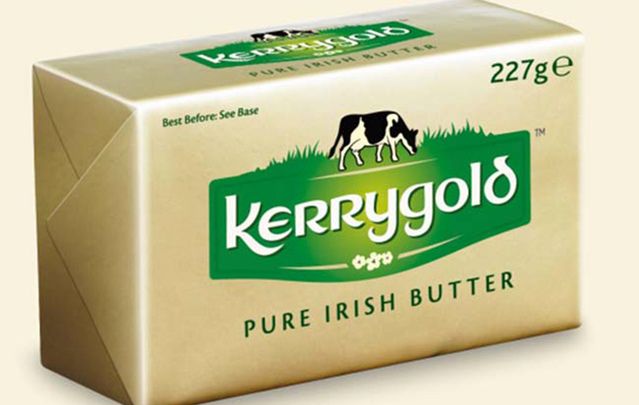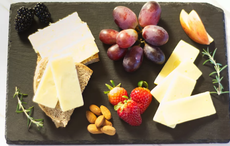Ireland has long attracted tourists for its breathtaking natural beauty, castles, history, and unique culture, but one little-known draw is the country’s butter, made from the fresh milk of pasture-grazing cows. Ireland even has a few tourist attractions devoted to the yellow gold. In the 1700s, the city of Cork was home to the largest butter exchange in the world. Today, it boasts the Cork Butter Museum, complete with a keg of 1,000-year-old butter that had been buried in a bog.
Also in Cork is the English Market food hall, where you can find buttered eggs at Moynihan’s.
A more hands-on experience can be found at Ballymaloe Cookery School in Shanagarry, where participants can help milk the Jersey cows, whose output will be made into butter, yogurt, and cheese.
You can also bicycle down old Butter Road, the 70-mile route traveled by dairy farmers carrying their firkins, or small barrels, to the exchange.
Ballymaloe co-founder and cookbook author Darina Allen explains what makes Ireland’s butter stand out.
“We grow fantastic grass,” Allen told Ozy.com.
Butter, like wine, tastes of its terroir, she adds.
The nutty, intense flavor of the fermented virgin butter that can be found at Ballymaloe comes from lactic acids and bacteria – microbes and proteins that are washed away in mass-produced butter to prolong shelf life.
The cow is also important, and the milk from Jerseys is known for its high butterfat content. Butter in Europe must be at least 82 percent butterfat, whereas, in the US, it’s 80 percent.
Kelsey Brennan, a spokesperson for Kerrygold, the brand name for the Irish Dairy Board, says that Ireland’s mild weather allows cows to graze on pastures for up to 300 days a year.
Irish butter fans in the U.S. will have to shell out a whopping $9.98 for a pound of salted Kerrygold, nearly double than the cost of American brands. However, the extra cost can be worth it, depending on how you use it, says pastry chef and cookbook author Amy Machnak. Her advice is to not waste it in recipes like a chocolate cake where the chocolate will hide the butter. But fresh butter on bread? Absolutely.




Comments